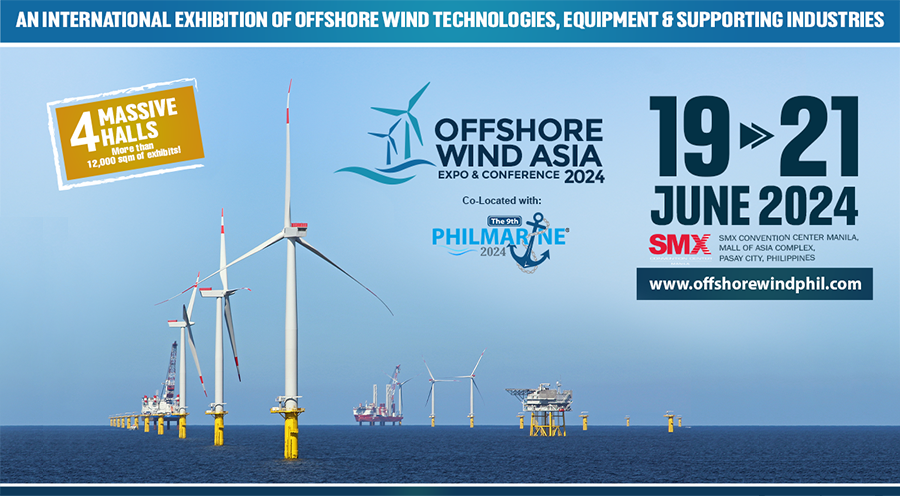With the Department of Energy’s (DOE) proposed Green Energy Tariff Program, the Philippines is looking at possible renewable energy projects worth US$20-billion.
This was according to a report released by the United States-based Institute for Energy Economics and Financial Analysis (IEEFA) titled “Paying Less for More – How Auctions Can Transform the Philippines Power Sector.”
The Green Energy Tariff Program was created to establish pricing for solar, wind, and other renewable energy sources.
It’s also expected to promote investment in the RE sector through competition.
“This leadership by the Department of Energy will enable lower pricing for consumers and industry, while ensuring a more secure supply of domestic renewable power,” IEEFA financial analyst and report author Sara Jane Ahmed was quoted in a Manila Bulletin report.
Indicated in the report are ways to improve the auctions process to achieve global capital uptake of 20 GW of new power with a potential investment worth of US$20 billion.
“Auctions improve transparency on getting access to the grid and make it easier to raise finance at a viable rate, setting record-low generation prices globally. The DOE can achieve even better pricing by refining its competitive auctions framework,” Ahmed said.
Ahmed suggested that the government should begin competitive auctions for the Green Energy Pricing Program’s 2,000 MW.
She also added that the government should select renewable energy technologies appropriate for different locations in the country, as well as the reevaluation of the the grid and transmission systems to absorb the energy capacity coming from RE. Lifting and revising rules under the foreign ownership should also be looked at to attract global capital.
The Independent Electricity Market Operator (IEMOP) should also moderate the auctions for transparency and competitiveness, she added.
“Emerging markets such as the Philippines are well-positioned to attract low-cost global capital to fund the development of renewable energy infrastructure. The result will be competitive pricing enabling low cost electricity and reduced capital costs,” she added.


